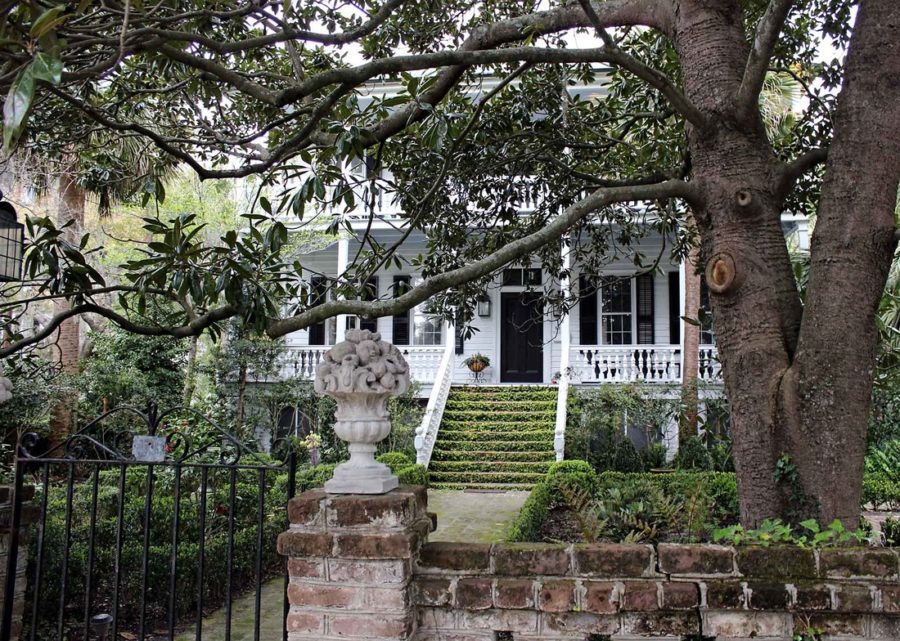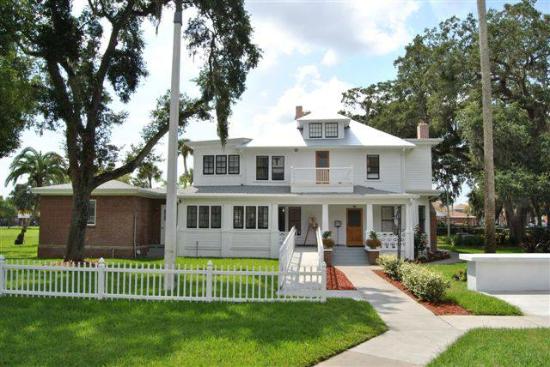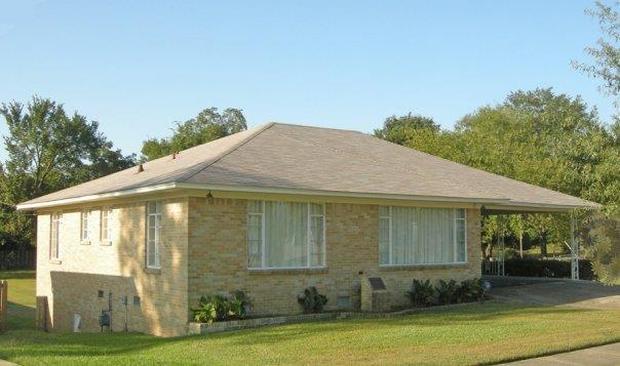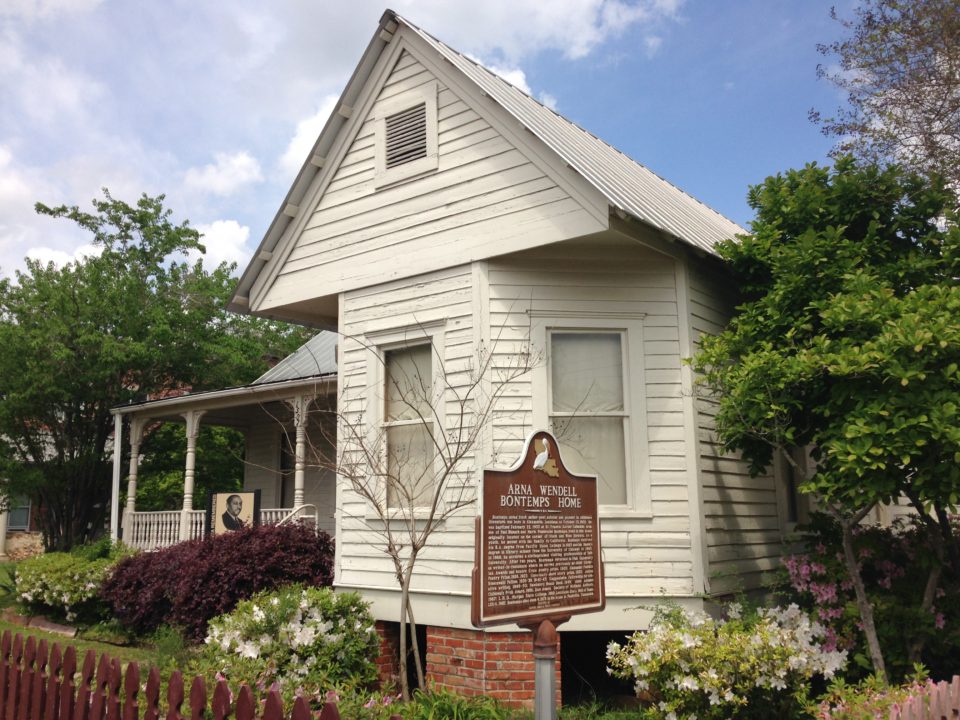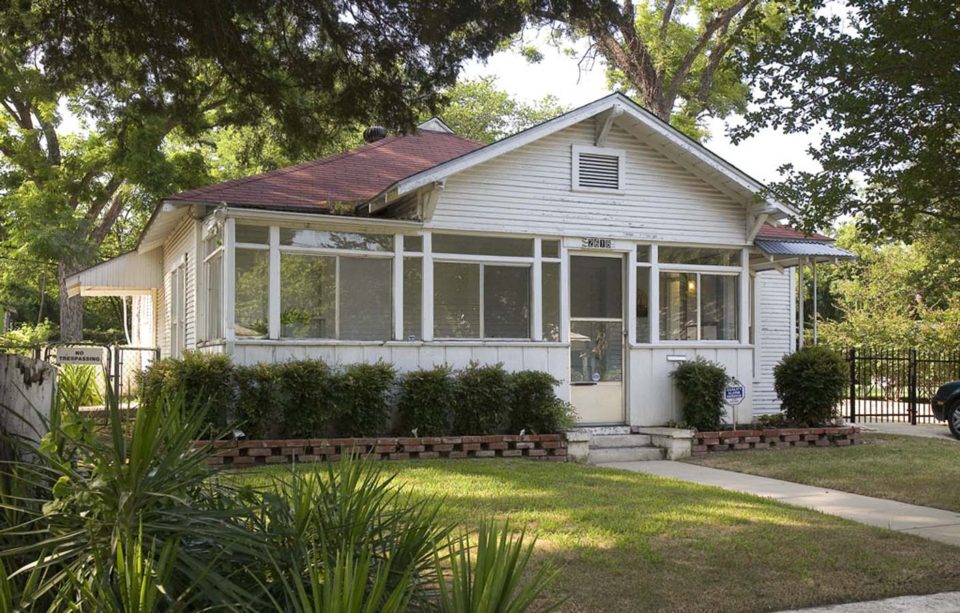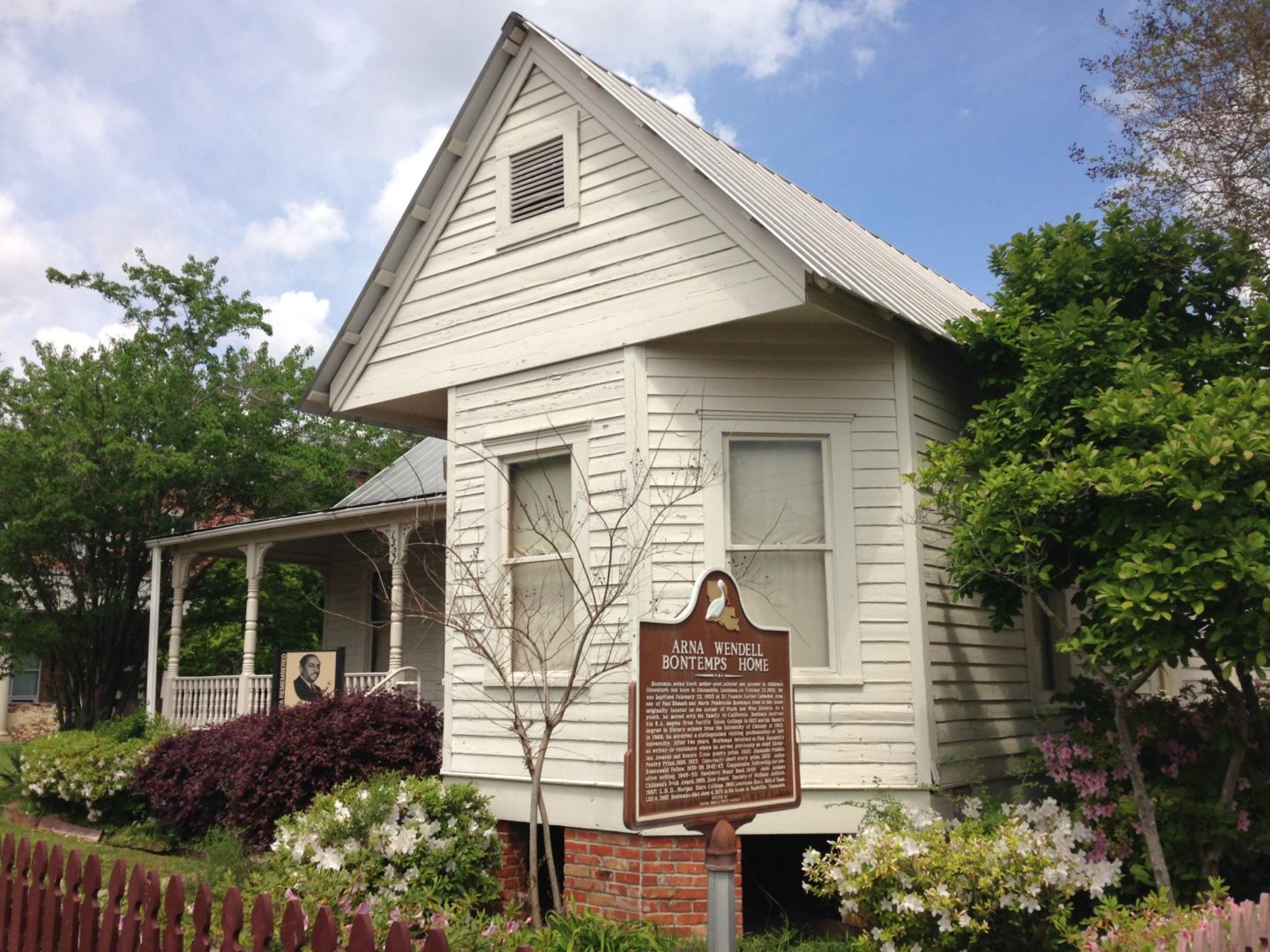
If you are looking for some great places or activities to make your Southern Trip a little more enlightening, below are the homes of five Black individuals who have had enormous impact, not only on the African-American community, but on the entire nation. Not only are these the homes of the great Americans, but they are now national landmarks and museums that are accessible by tour with scheduled appointments. So, to all of my Southern Belles, you do not have to go all the way to New York or Massachusetts to become educated of your past; you can become more connected to your roots by walking on the same floors of these empowering individual that have equally paved the way for us to have a brighter future (maybe even in your state of residency).
Robert Smalls, born and raised a slave from Beaufort, South Carolina in 1839, was an extraordinary man. Captain Smalls not only made his mark on Negro America by removing his family [and others] from slavery, but he also made a mark on American history by surrendering the C.S.S. Planter, after having gained the trust of Confederate officers. This great man met with President Lincoln by executive order and was awarded $1,500, served in the House of Representatives, and with the money, bought the plantation home of where him and his family were once enslaved. In 1974, the “Robert Smalls House” located in Beaufort, South Carolina was declared a National Historic Landmark. (lowcountrywalkingtours.com). The home was built in the year of 1834 by Henry McKee and Smalls purchased his former master’s home in 1863 in a Direct Tax Commission Sell after the war (allbeaufort.com).
http://www.allbeaufort.com/gallery/
Dr. Mary McLeod Bethune, ” First Lady of Negro America, daughter of slaves, and founder of the great Bethune- Cookman University in Daytona Beach, Florida is the owner of one of the most visited Historical Black Homes in the United States. Her home was purchased for her in the year of 1913 and built only few years before around 1904-05, where she resided until her passing in 1955. This historic home of Daytona Beach, Florida was named a National Historic Landmark on December 2, 1974 by the United States Secretary of Interior (cookman.edu).
http://www.daytonabeach.com/listings/mary-mcleod-bethune-home-%26-gravesite/909/
Civil rights advocate, Daisy Lee Gatson Bates, and her husband, Lucius Christopher Bates, lived in the home which is now the National Historic Landmark, Daisy Bates House. This house was the home where nine important teenagers were placed, mentored, and made history in 1957-58 (hint: Little Rock, Arkansas), after Brown v. Board of Education case led to the Supreme Court ruling that segregated schools were unconstitutional. Yes indeed, this house played a very huge role in civil rights because it “was the de facto command post for the Central High School desegregation crisis in Little Rock, Arkansas” (National Park Service).
http://www.arkansas.com/attractions/detail/l-c-daisy-bates-home-national-historic-landmark/91682
Arna Wendell Bontemps, was a major writer in the Harlem Renaissance, having collaborated with Langston Hughes and writing his first publication in contribution to the NAACP periodical, Crisis in 1924. Although Mr. Bontemps earned his bachelor’s from California and resided in New York and Illinois for a while, he always had a strong connection to his Louisiana home (his birthplace), which was root of all of his writing and teachings. Mr. Botemps planned to return to his Alexandria home in his elder, but he died June 3, 1973 in his Nashville home. With everyone knowing how strongly he felt about his childhood home in Alexandria, where he only resided for a few years of his life, a letter was written to Gwen Elmore, President of the Arna Bontemps Foundation, Inc. on October 7, 1992 by Phyllis R. Klotman, a Professor of Afro-American Studies at Indiana University, simply explaining how his writing was rooted from his southern, Alexandria, Louisiana childhood home. As a result, on September 13, 1993, the Arna Wendell Bontemps House was listed in the National Register of Historic Places. (National Park Service).
Juanita J. Craft of was a well accomplished Civil Rights organizer and public servant who was recognized and visited by both Lyndon Johnson and Dr. Martin Luther King Jr.. Juanita Craft had a huge impact on the city of Dallas and the whole entire south by helping integrate restaurants and theaters, as well as joining the NAACP in 1935, and starting 182 rural NAACP chapters. She was elected into the Dallas City Council after she have served as a delegate to the White House Conference on Children and Youth, and as a member of the Governor’s Human Relations Committee. This great woman also “joined demonstrations against the segregated University of Texas Law School and North Texas State University, each resulting in successful lawsuits in 1950 and 1955” (National Park Service).
http://texastimetravel.oncell.com/en/dallas-juanita-j-craft-civil-rights-house-64374.html
